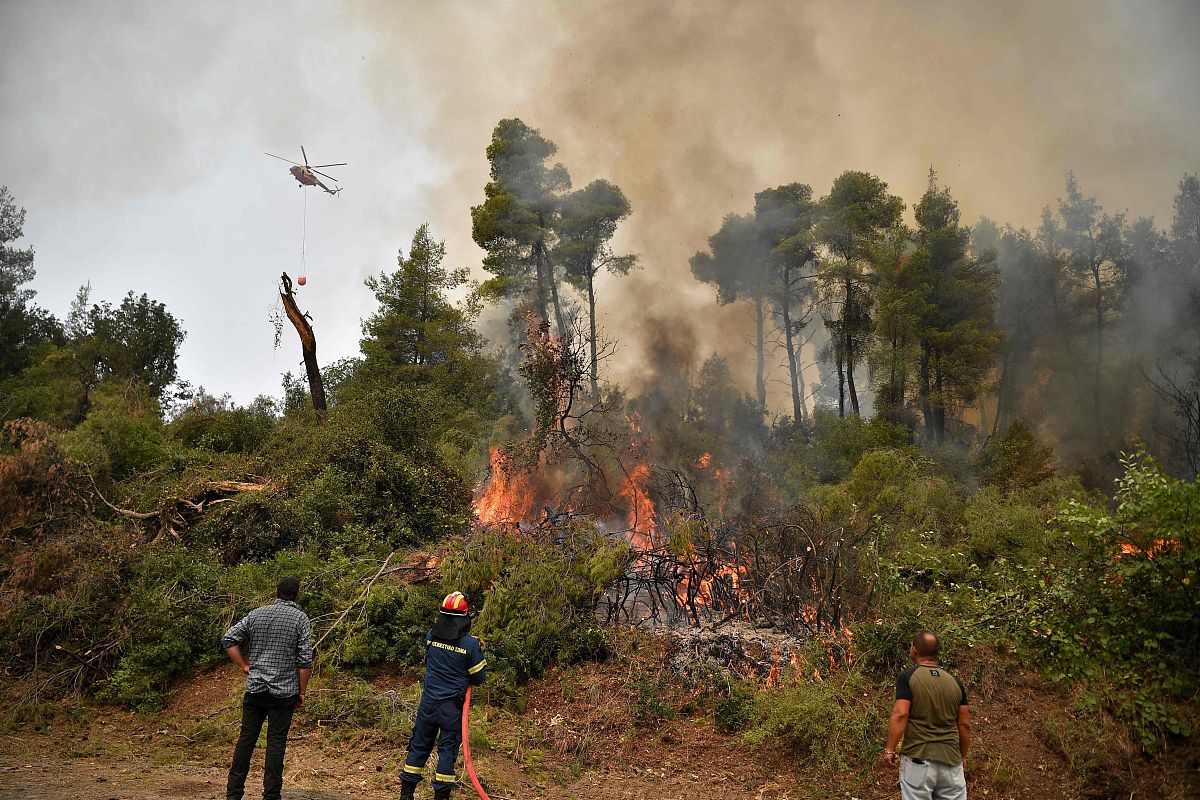Forest Fires: Causes, Impacts, and Prevention Measures
Forest Fires: Causes, Impacts, and Prevention Measures
Forest fires are a significant global environmental issue that poses a threat to ecosystems, human lives, and economic resources. This article provides an overview of the causes, impacts, and prevention measures related to forest fires. It aims to raise awareness about the importance of fire management and prevention in minimizing the devastating effects of forest fires.
1. Introduction
Forest fires have been a natural occurrence throughout history, playing a crucial role in maintaining the ecological balance of forests. However, due to human activities and climate change, the frequency and intensity of forest fires have increased significantly in recent years.
2. Causes of Forest Fires
Forest fires can be caused by both natural and human factors. Natural causes include lightning strikes, volcanic activity, and spontaneous combustion. Human causes include arson, negligence, campfires, and improper disposal of cigarettes or flammable materials.
2.1 Natural Causes
- Lightning strikes: Electrical discharges during thunderstorms can ignite dry vegetation.
- Volcanic activity: Eruptions can release hot lava and ash, which can lead to forest fires.
- Spontaneous combustion: Decomposing organic matter can generate heat and self-ignite under certain conditions.
2.2 Human Causes
- Arson: Deliberate acts of setting fires for malicious purposes.
- Negligence: Unintentional fires caused by human activities like careless smoking or improper use of equipment.
- Campfires: Poorly managed campfires that spread to surrounding vegetation.
- Improper disposal: Improper disposal of cigarettes or flammable materials can lead to accidental fires.
3. Impacts of Forest Fires
Forest fires have significant impacts on ecosystems, human health, and economies.
3.1 Ecological Impacts
- Destruction of flora and fauna: Forest fires destroy vegetation, leading to the loss of habitats for wildlife.
- Soil erosion: The loss of vegetation exposes soil to erosion, leading to increased sedimentation in water bodies.
- Loss of biodiversity: Forest fires reduce species diversity and can lead to the dominance of invasive species.
3.2 Health Impacts
- Air pollution: Forest fires release large amounts of smoke and pollutants, causing poor air quality and respiratory issues.
- Threat to human lives: Direct exposure to forest fires can result in injuries and fatalities.
3.3 Economic Impacts
- Damage to infrastructure: Forest fires can destroy buildings, roads, and other infrastructure, resulting in significant repair costs.
- Loss of natural resources: Timber, wildlife, and other forest resources are lost during fires, impacting local economies.
4. Prevention and Management
Preventing and managing forest fires is crucial to minimize their impacts. Effective measures include:
- Firebreaks: Creating gaps in vegetation to prevent the spread of fires.
- Controlled burns: Conducting controlled burns under controlled circumstances to reduce the accumulation of flammable materials.
- Early detection and rapid response: Using advanced technologies and monitoring systems to detect and respond to fires promptly.
- Public awareness and education: Educating the public about fire safety, responsible behavior, and reporting suspicious activities.
- Collaboration and coordination: Promoting cooperation among governments, agencies, and communities to develop comprehensive fire management strategies.
Conclusion:
Forest fires are a significant environmental issue that requires collective efforts to prevent and manage effectively. By understanding the causes, impacts, and implementing prevention measures, we can minimize the devastating effects of forest fires on ecosystems, human lives, and economies.

原文地址: https://www.cveoy.top/t/topic/bxNk 著作权归作者所有。请勿转载和采集!